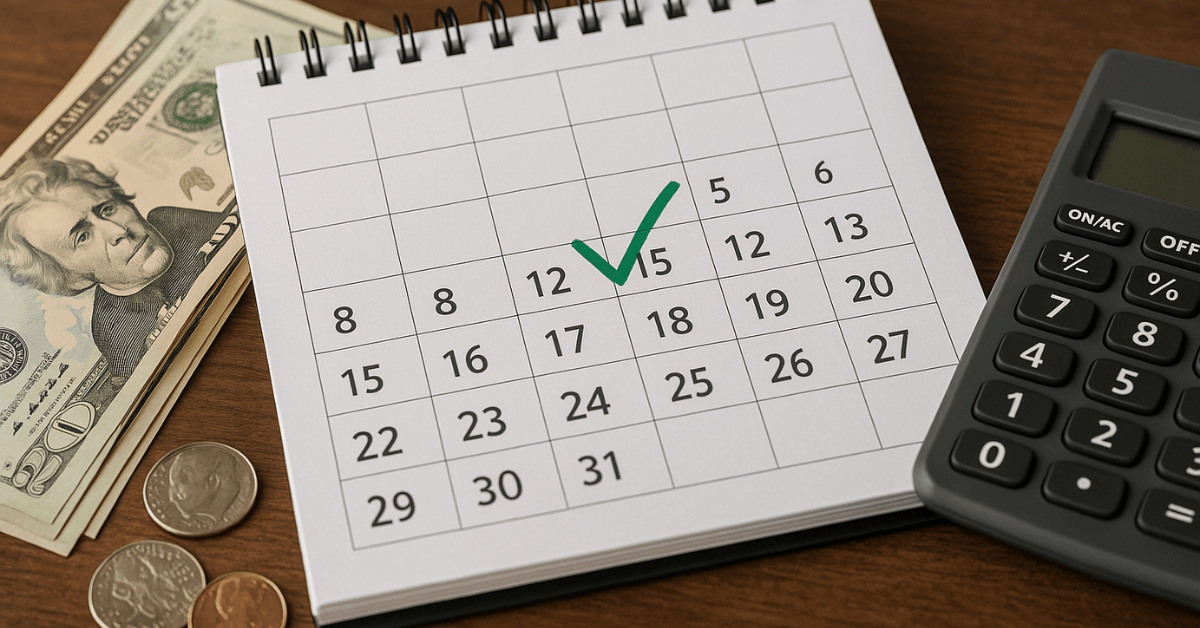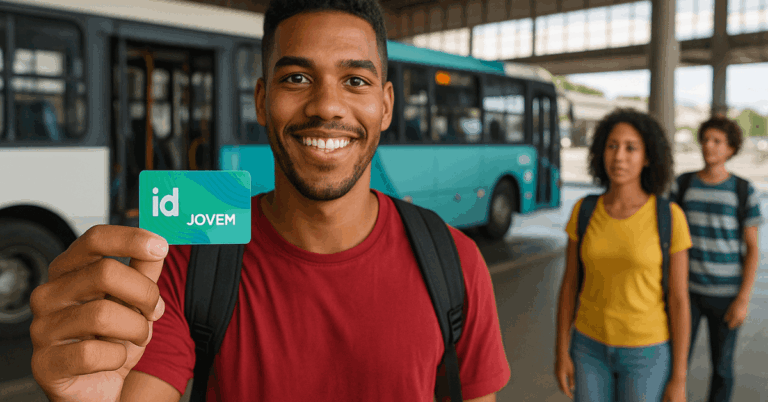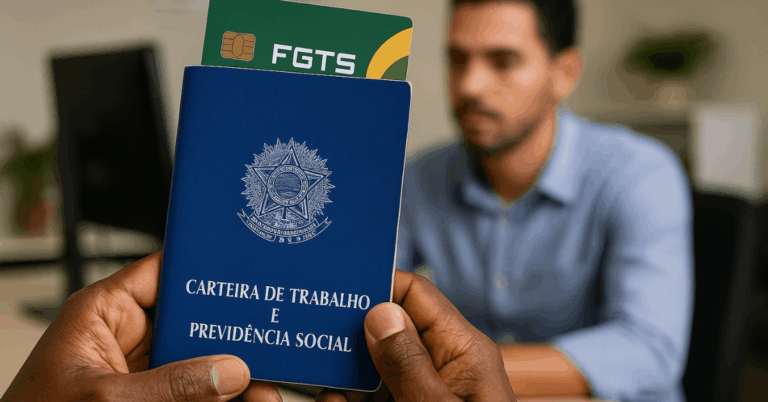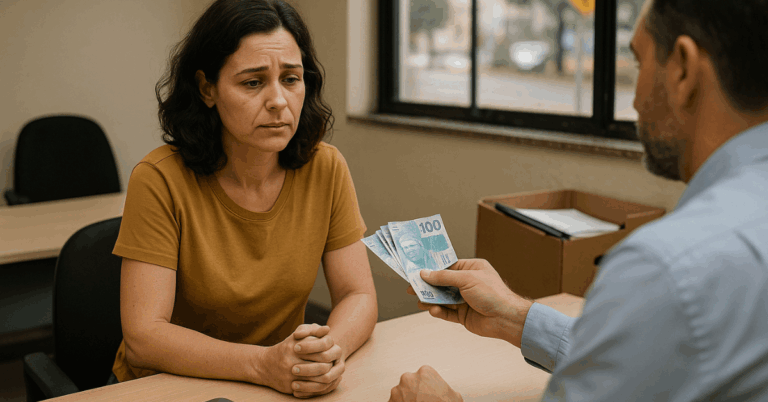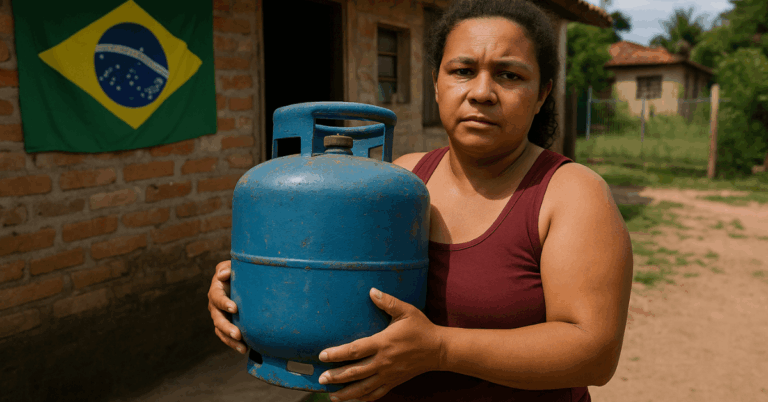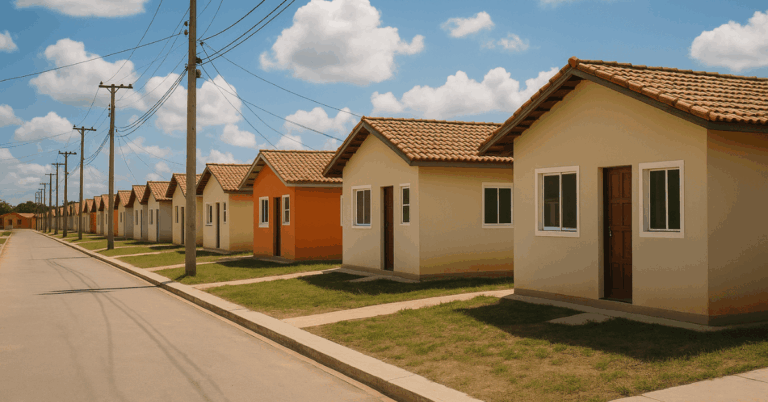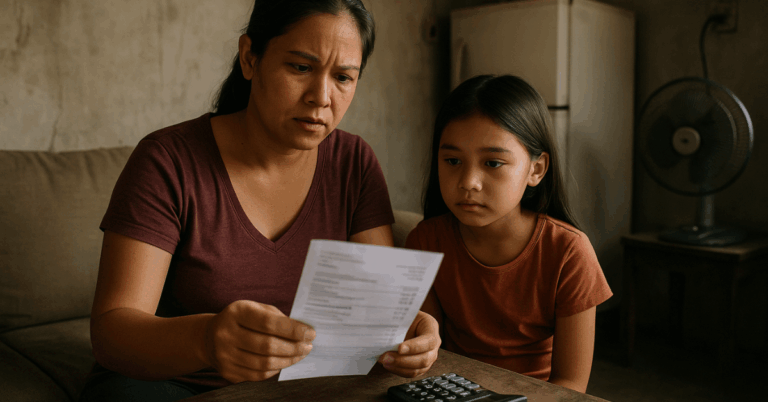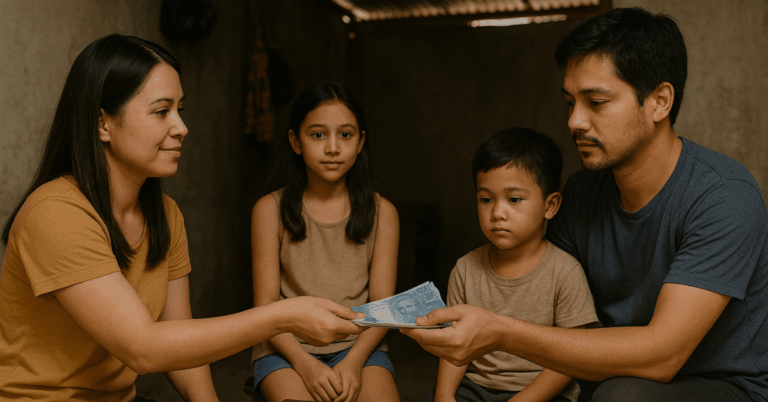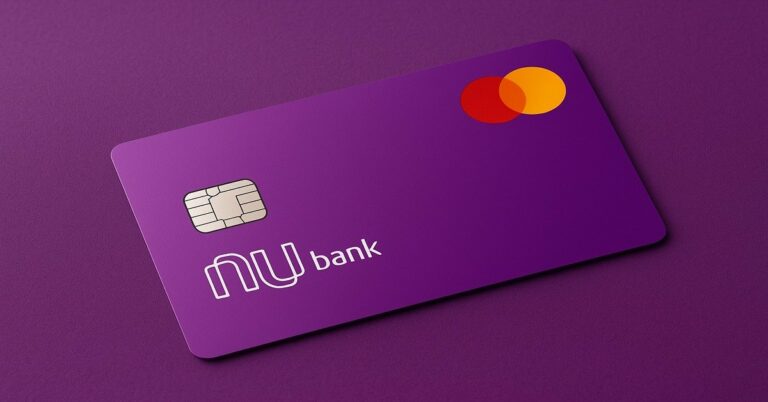Bolsa Família is Brazil’s main income transfer program designed to reduce poverty. It provides a Bolsa Família cash transfer for low-income families across the country.
The Federal Government adapted the program to consider family composition and living conditions.
This guide explains how the program functions, who is eligible, and what support is offered.
What Is Bolsa Família?
Bolsa Família is a social program that delivers monthly income support to low-income households. It was created to fight hunger and poverty in Brazil.
The program also promotes access to education, health, and citizenship. It focuses on strengthening public policies through integrated social protection.
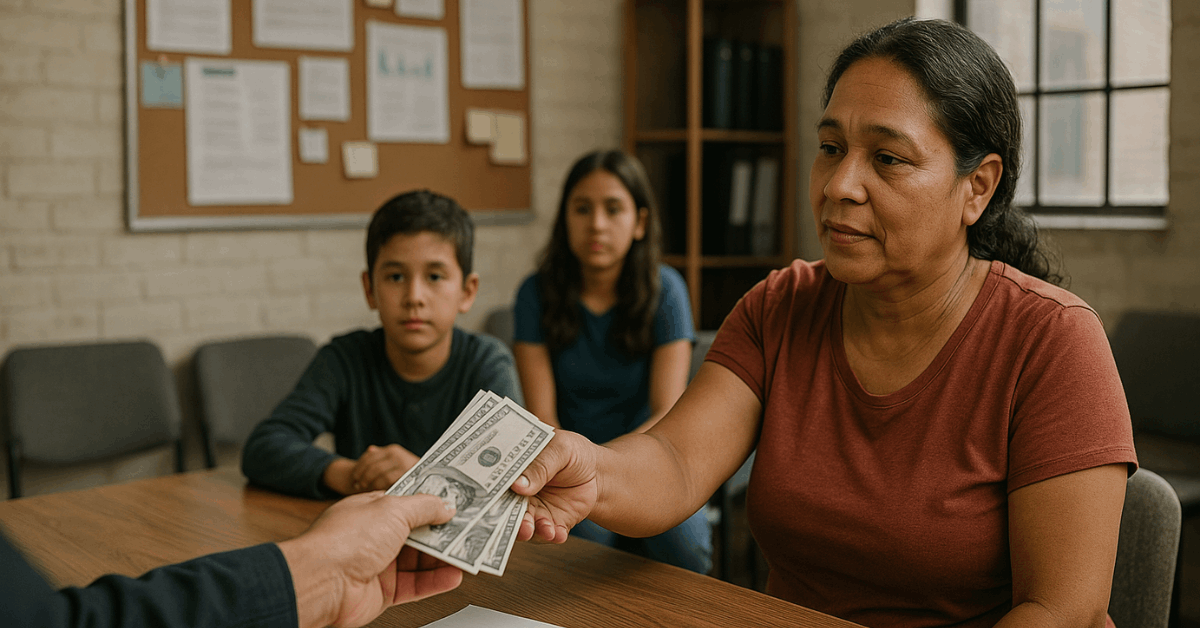
New Enhancements
The 2023 version enhanced the benefit model to cover more people. It includes extra amounts for children, teenagers, and pregnant women.
Families with more members receive higher total payments. The program also integrates with other services like education and healthcare.
How Does Bolsa Família Work?
The program works by transferring monthly amounts directly to families. Payments are made through Caixa Econômica Federal.
Each family receives a benefit based on their composition and income level. The calculation considers age, number of children, and pregnancy status.
Payment Scheduling
To determine when families receive payments, the government uses the NIS (Social Identification Number). Each NIS ends in a digit that sets the payment day.
Payments are staggered across the month to manage demand. Most families access the funds via the Caixa Tem app or a Bolsa Família card.
Who Is Eligible for Bolsa Família?
To qualify, families must meet a strict income criterion. The per capita monthly income must not exceed R$218.
This is calculated by dividing the total household income by the number of residents. If the result is equal to or less than R$218, the family qualifies.
Examples and Priorities
For example, if one person earns R$1,518 and the family has seven members, each person’s share is R$216.85. This family would meet the income requirement.
Priority is given to families with children, pregnant women, and nursing mothers. Indigenous and quilombola families are also prioritized.
How to Register for the Program?
Families must be enrolled in the Cadastro Único (Single Registry). The Federal Government uses this system to identify and manage social programs.
Registration is done in person at CRAS (Social Assistance Centers). You must bring CPF, voter ID, and proof of income and address.
Keeping Data Updated
A municipal officer will collect your information and input it into the registry. The data must be kept updated every two years or when there is a change.
Outdated records can disqualify a family. Keeping the registry accurate is essential to maintain benefits.
How to Receive Payments?
After registration, eligible families are selected automatically each month. Payment is made through Caixa’s digital channels or physical cards.
Families can withdraw funds from ATMs, lottery outlets, or receive via Caixa Tem. Payments follow a national calendar based on NIS digits.
Payment Calendar System
The calendar is released yearly by the Ministry of Social Development. Each final digit of the NIS corresponds to a specific day.
This reduces banking congestion and ensures smooth delivery. It’s important to check your payment date monthly.
Additional Benefits and Bonuses
Besides the base benefit, Bolsa Família includes add-ons for vulnerable members. These are granted if the family includes children or pregnant women.
The goal is to support child development and maternal health. These bonuses are crucial for long-term poverty reduction.
- R$150 for each child up to 6 years old
- R$50 for each child aged 7 to 18
- R$50 for pregnant women
- R$50 for breastfeeding mothers
- Supplements for school attendance and vaccinations
Responsibilities of Beneficiary Families
Families must follow conditions to keep receiving benefits. These requirements promote better health and education outcomes.
Violating them may lead to suspension or cancellation. Schools and health clinics do monitoring.
- Children aged 6 to 15 must attend at least 85% of school days
- Teenagers aged 16 to 17 must attend at least 75% of classes
- Children must follow the national vaccination schedule
- Pregnant women must attend prenatal consultations
- Families must update their data in Cadastro Único regularly
How Is the New Model Different?
The updated Bolsa Família model increased the number of people covered. It now includes more specific bonuses.
Previously, the program focused only on basic income limits. The new version adjusts payments for each individual’s situation.
Stronger Protections
Benefits are higher for large families and those with children. The system also works better with other services.
It ensures more transparency and quicker processing. Overall, the changes aim for stronger family protection.
Understanding the Payment Calendar
Each family’s NIS number defines their monthly payment date. The final digit of this number ranges from 1 to 0.
The government publishes the full payment calendar annually. You can also check it via Caixa Tem or printed versions at CRAS locations.
Monthly Planning
Payment dates usually start from the 18th to the end of each month. Planning according to your NIS final number helps avoid delays.
Keep your Bolsa Família card or app access secure. Only the registered holder can withdraw the funds.
Common Issues and How to Resolve Them
Problems can occur due to incomplete registration or outdated info. Some families may stop receiving payments without knowing why.
Understanding these common mistakes helps avoid interruption. Most problems are fixable with local CRAS support.
- Missing or outdated Cadastro Único information
- Lack of school attendance or vaccination updates
- Mismatched data between documents
- Lost or blocked benefit card
- Not meeting income criteria anymore
Difference Between Bolsa Família and Auxílio Brasil
Auxílio Brasil replaced Bolsa Família in 2021 but was short-lived. In 2023, the government brought back the Bolsa Família name.
Auxílio Brasil had fewer conditions and different bonus structures. Bolsa Família reinstated the social obligations.
Return to the Original Model
The return to Bolsa Família also brought updated calculations. It improved benefit consistency and long-term support.
Social conditionalities were reintroduced. The program now aligns more with previous social development goals.
Frequently Asked Questions (FAQ)
Many families still have basic questions about the program. This section addresses the most frequently asked questions. Understanding your rights and duties is important. Here’s what you need to know:
- Can I apply online? — No. Registration must be done in person.
- What if I don’t have a bank account? — Caixa opens one automatically.
- How long to receive after registration? — Up to 90 days.
- Can I use Caixa Tem? — Yes, for viewing and withdrawing benefits.
- Can benefits be suspended? — Yes, if conditions are not met.
Tips for Maintaining Eligibility
Staying in the program requires consistent attention. Keep your data up to date and respect the rules. CRAS centers can guide you if you are unsure. Avoid common mistakes that risk your benefits.
- Update Cadastro Único every 2 years or after changes
- Notify CRAS about income increases or address moves
- Ensure children are enrolled and attending school
- Go to scheduled health checkups and vaccinations
- Follow your NIS payment date correctly
Impact of Bolsa Família on Brazilian Society
Bolsa Família has played a key role in social inclusion. It has lifted millions of Brazilians out of extreme poverty.
Families gain access to food, healthcare, and education. It also reduces child labor and increases school enrollment.
Broader Benefits
Studies show that children receiving the benefit experience improved nutrition. The program also strengthens local economies through cash circulation.
Social dignity is enhanced, especially in rural communities. It is one of the largest and most recognized anti-poverty programs globally.
ID Jovem and Bolsa Família Integration
ID Jovem is a government-issued discount program for youth. It offers free or reduced transport and cultural access.
If your family is registered in Bolsa Família and you are 15 to 29, you may qualify. Your Cadastro Único info must be updated.
Accessing Youth Benefits
With ID Jovem, youth can travel for free on interstate buses. They also receive discounts on concerts, museums, and events.
The card is digital and can be activated via the official app. This initiative complements the broader goals of Bolsa Família.
Final Thoughts: Know Your Rights, Secure Your Benefits
Bolsa Família is more than financial support—it offers a structured Bolsa Família cash transfer for low-income households. Understanding how it works helps protect your rights and maintain eligibility.
Families should stay informed, meet the conditions, and follow the payment schedule. Use this resource to maximize your access to available benefits.
